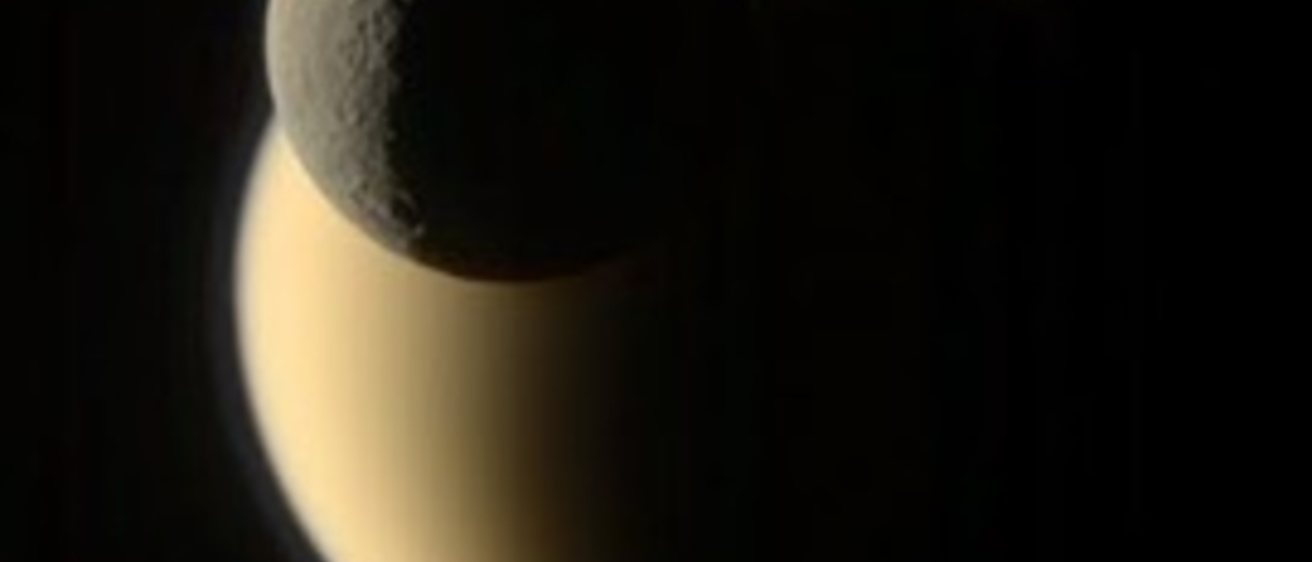
Breadcrumb
- Home
- Labs
- Foundational Labs
- Image Analysis with Solar System Objects
- Part 2: Identifying the Moons of Jupiter
Part 2: Identifying the Moons of Jupiter
Resources: Stellarium Web
Terminology: Angular Resolution, Histogram, Contrast, Small Angle Formula
Tutorials: Importing Images into MaxIm, Coordinates in MaxIm, FITS Header, Galileo's 1610 Observations of Jupiter's Moons
Identifying the Moons
The simplest way to identify which moons are which in your image is to use an observatory program, such as Stellarium. Set the date and time in the program to those of your observation, and the viewing location to that of the telescope. The program will compute the positions of the moons on that date for you.
Use the program to find the planet you are interested in and zoom in to see the moons. Match up the moons with those in your image. Keep in mind that the telescope has to tilt as it points at different parts of the sky, so your image may not be oriented the same way as shown in the observatory program.
Guideposts
When was this image taken?
Astronomical images are usually in FITS format, which is essentially a bitmap (i.e. a large, uncompressed image) with a bunch of text attached that gives important information about the image such as when and how it was taken, where the telescope was pointing, etc. You can view this information by selecting View -> FITS Header Window from the menu. Some of the noteworthy pieces of information are: OBJECT - the name of the object the telescope was looking at; DATE-OBS - the date and time the picture was taken; EXPTIME, FILTER - the exposure time in seconds and filter used.